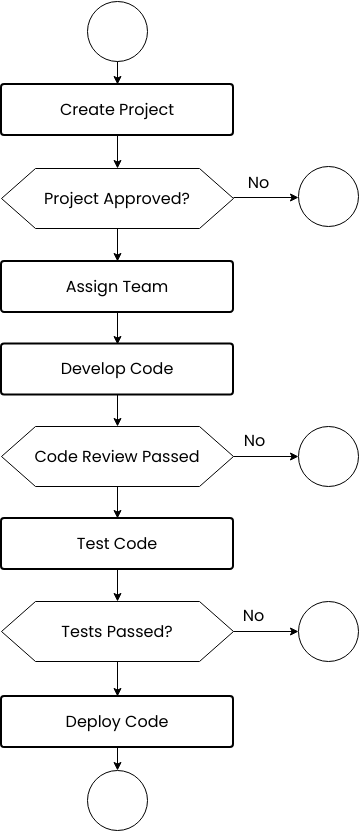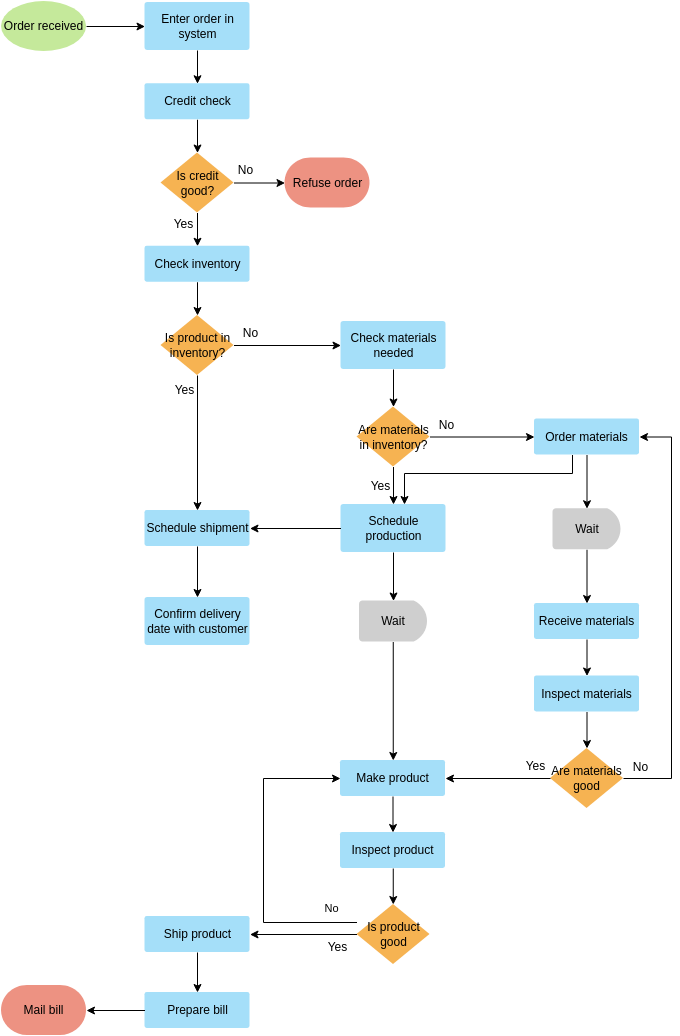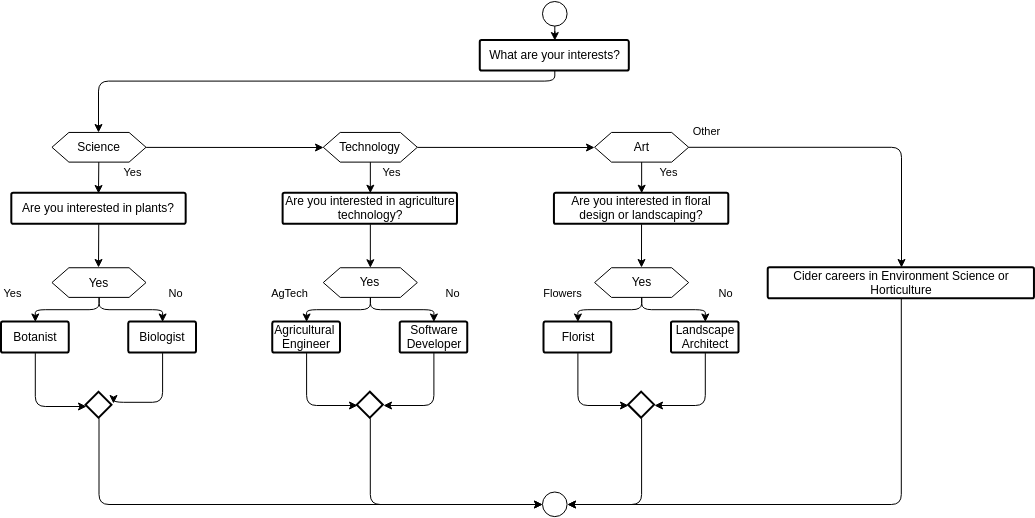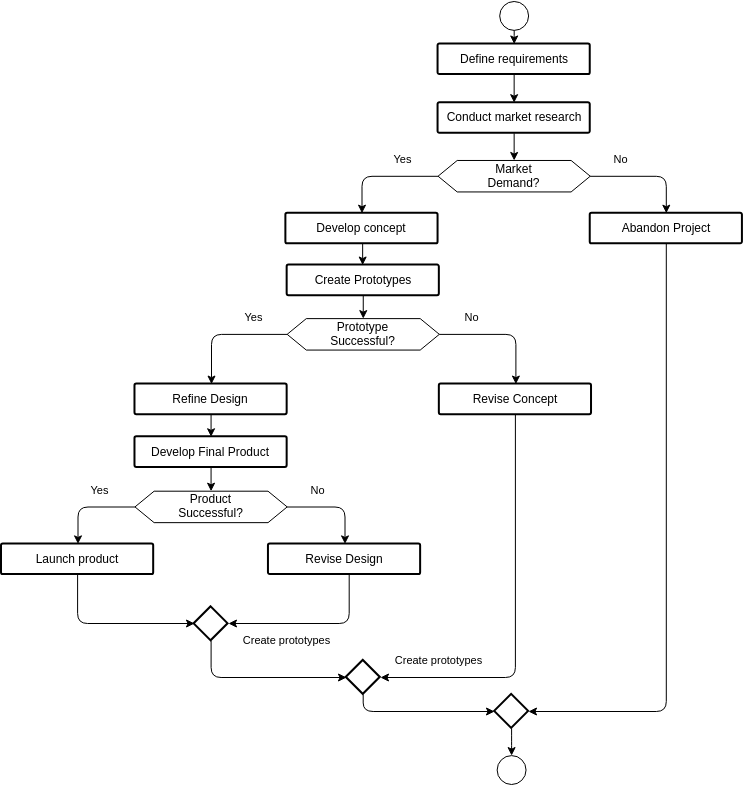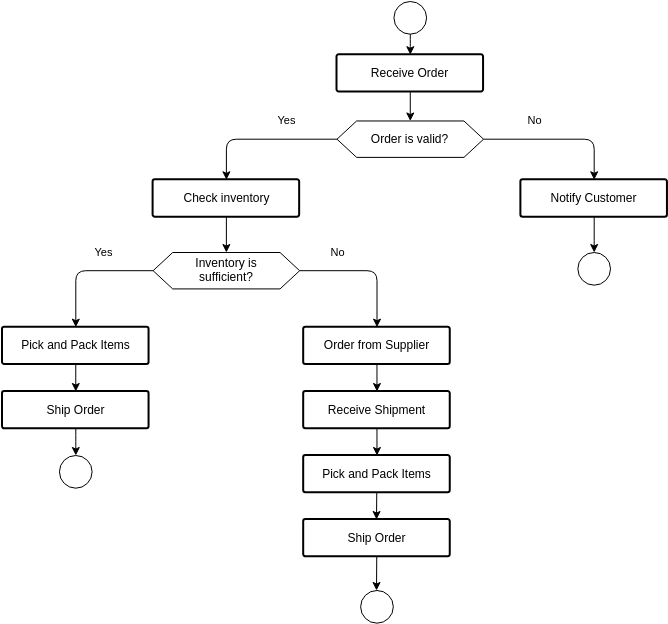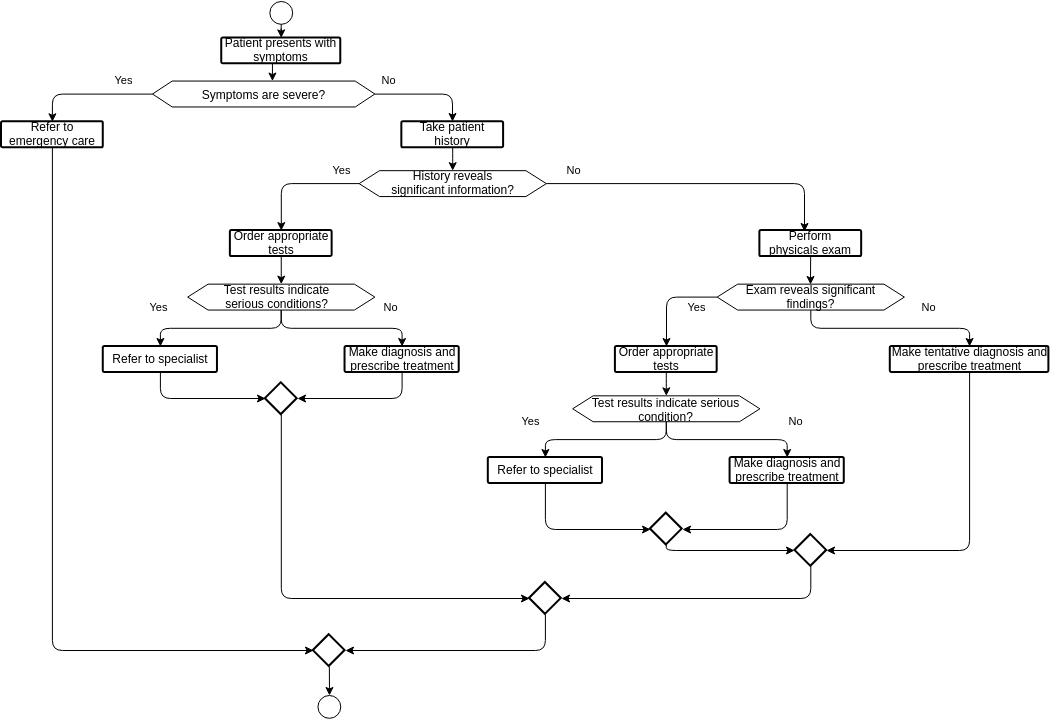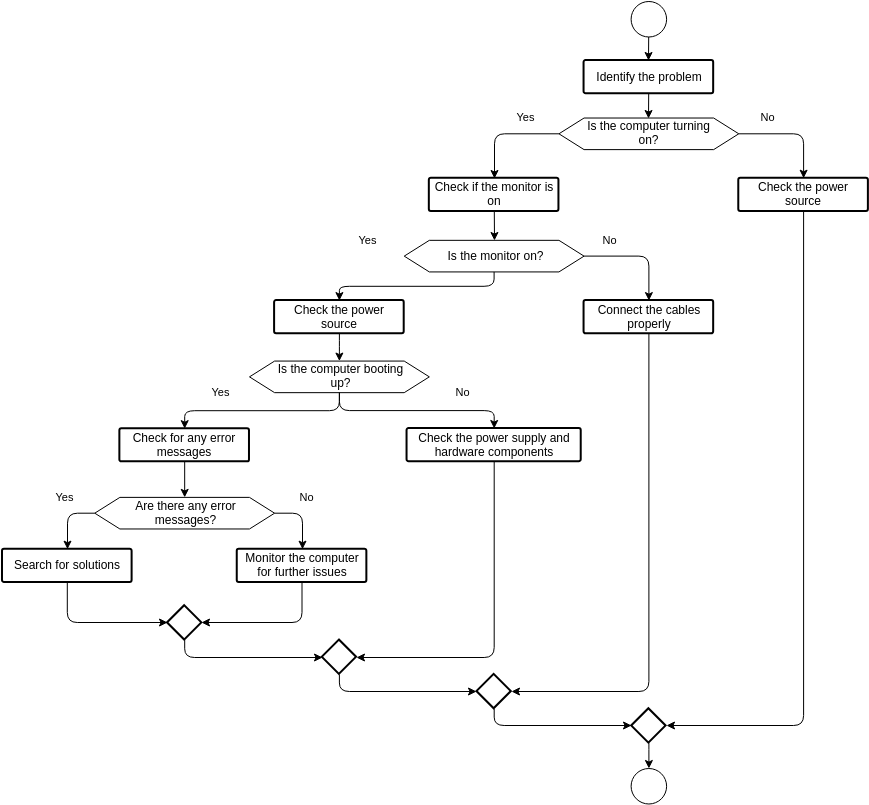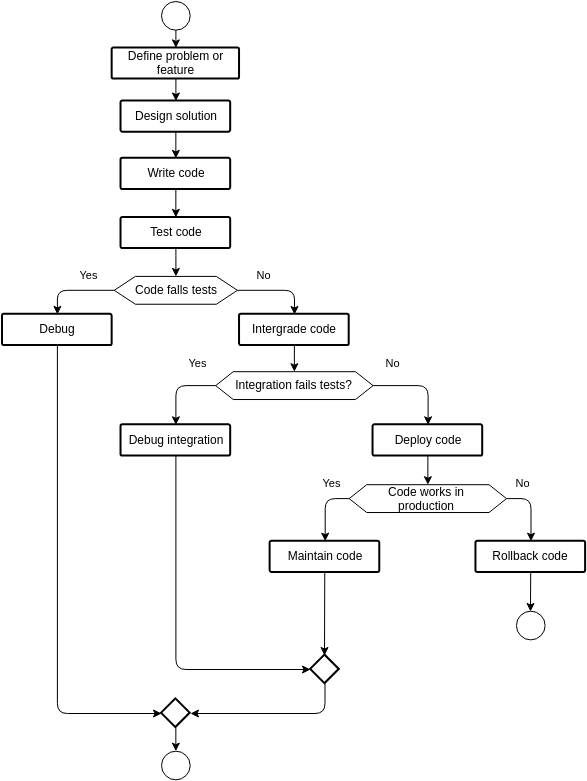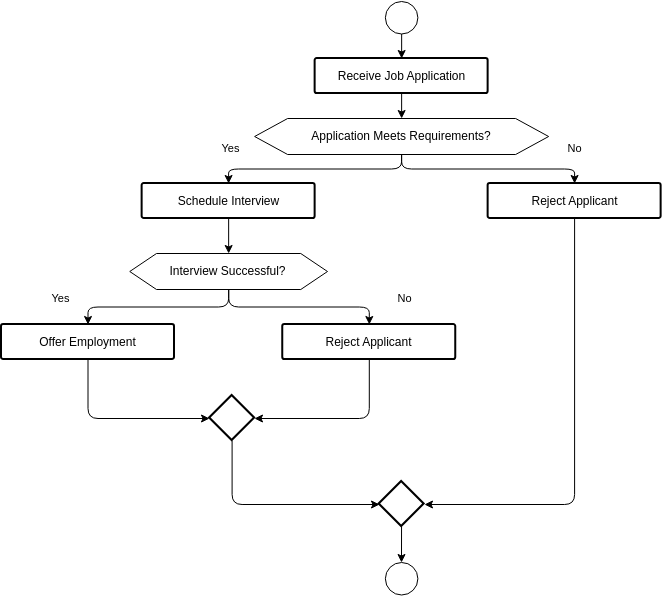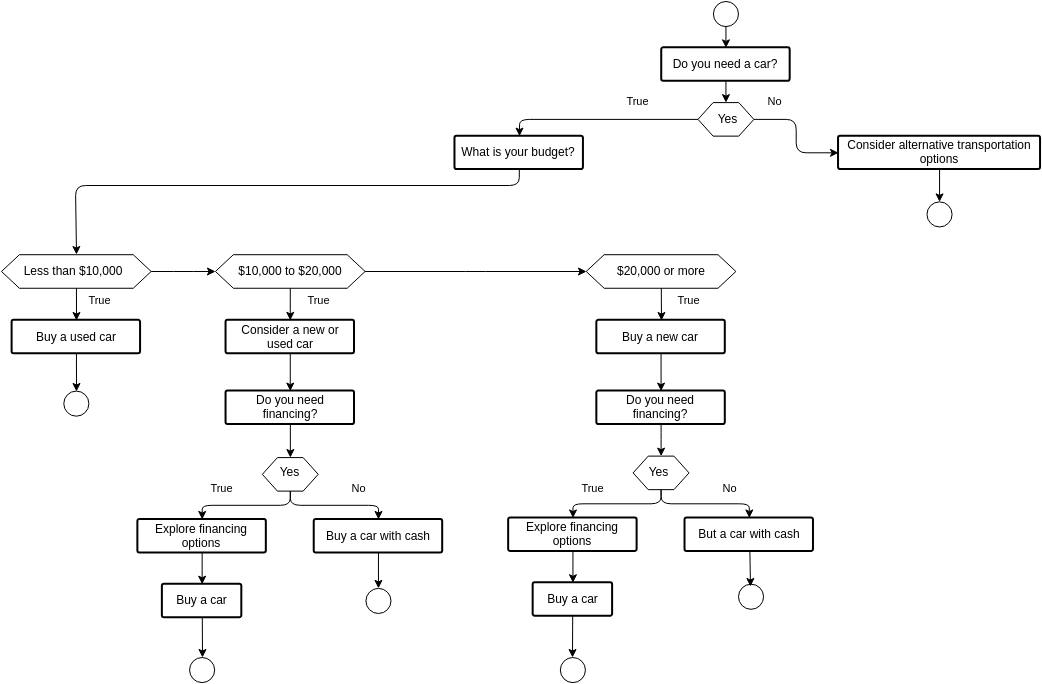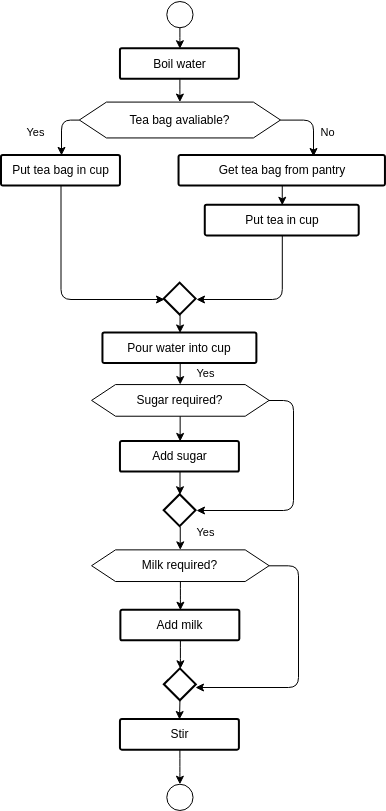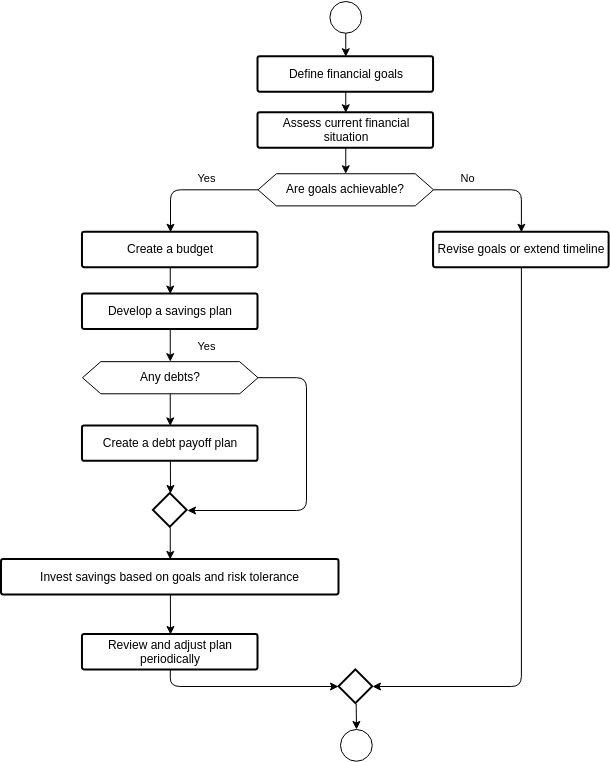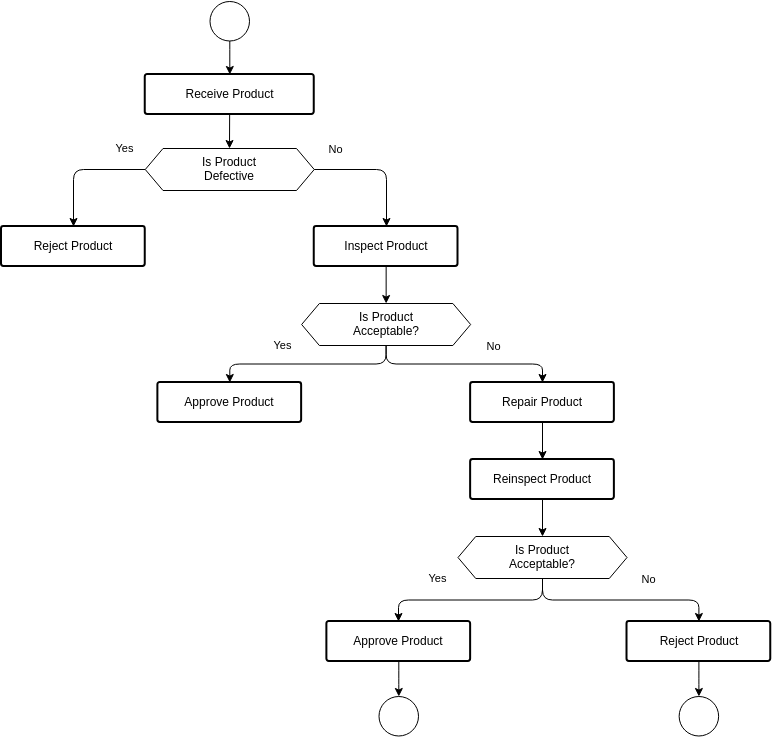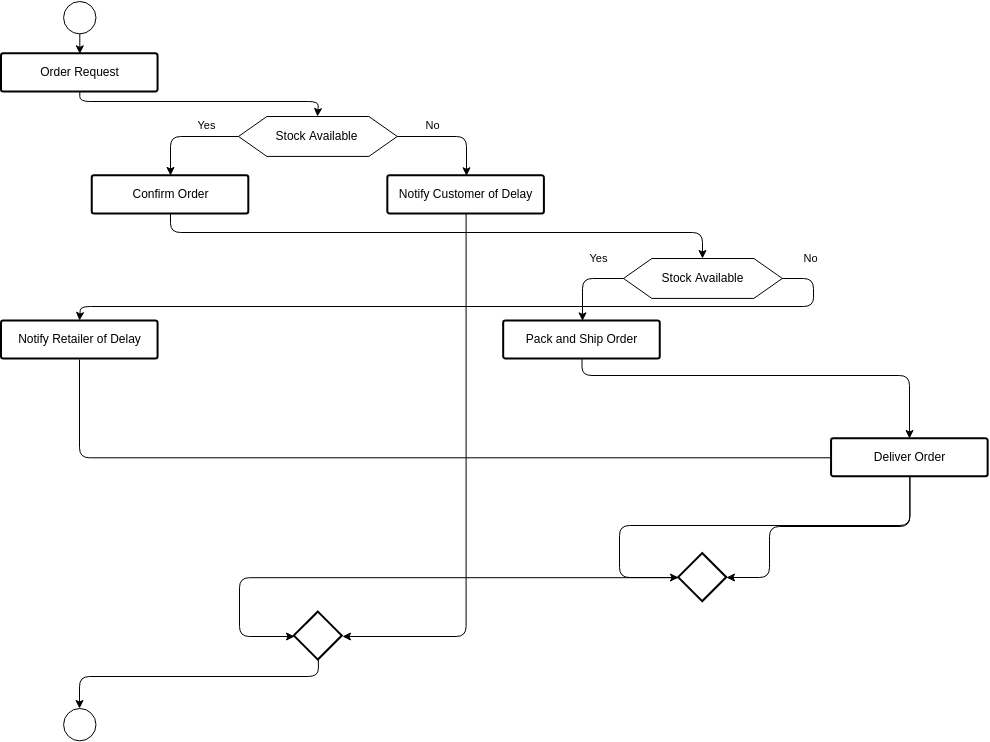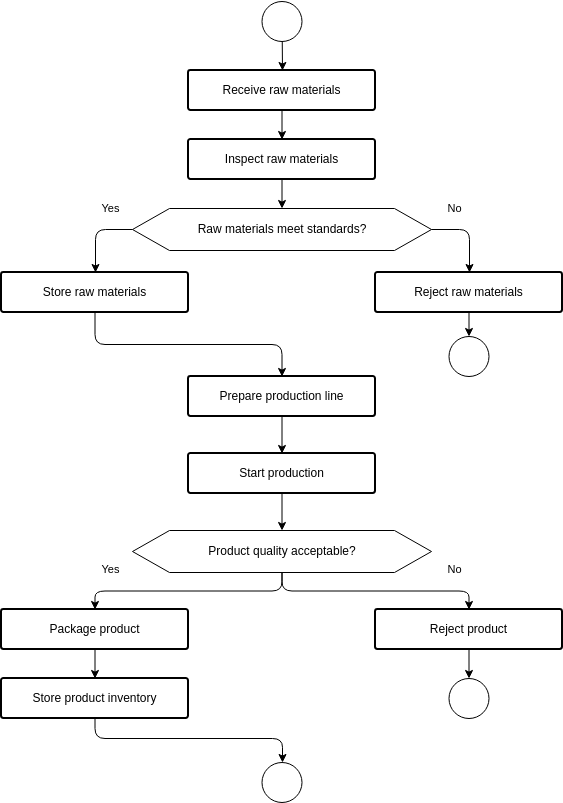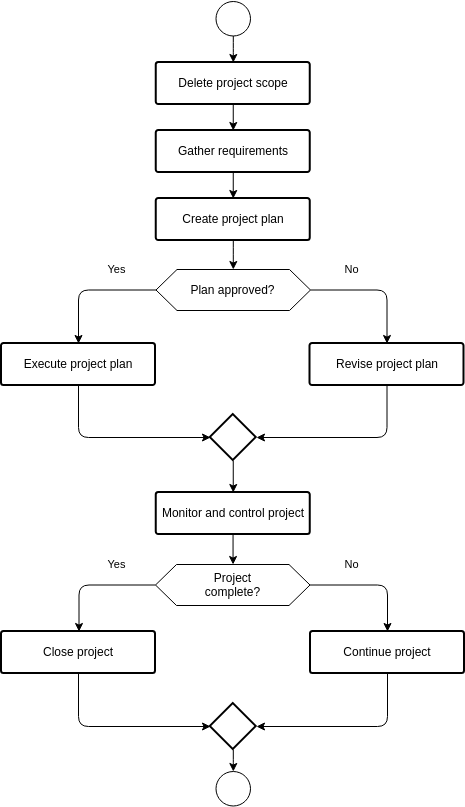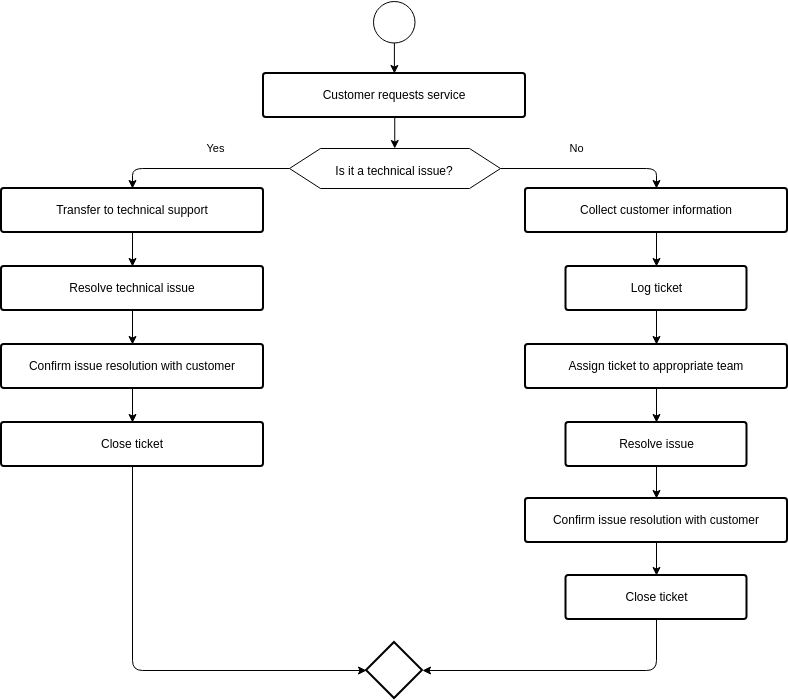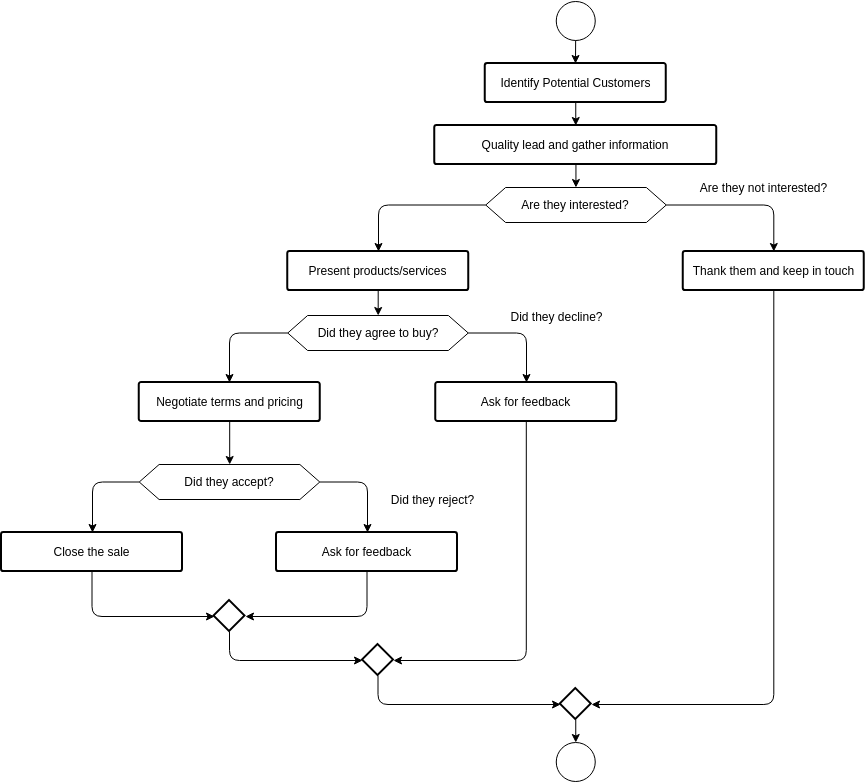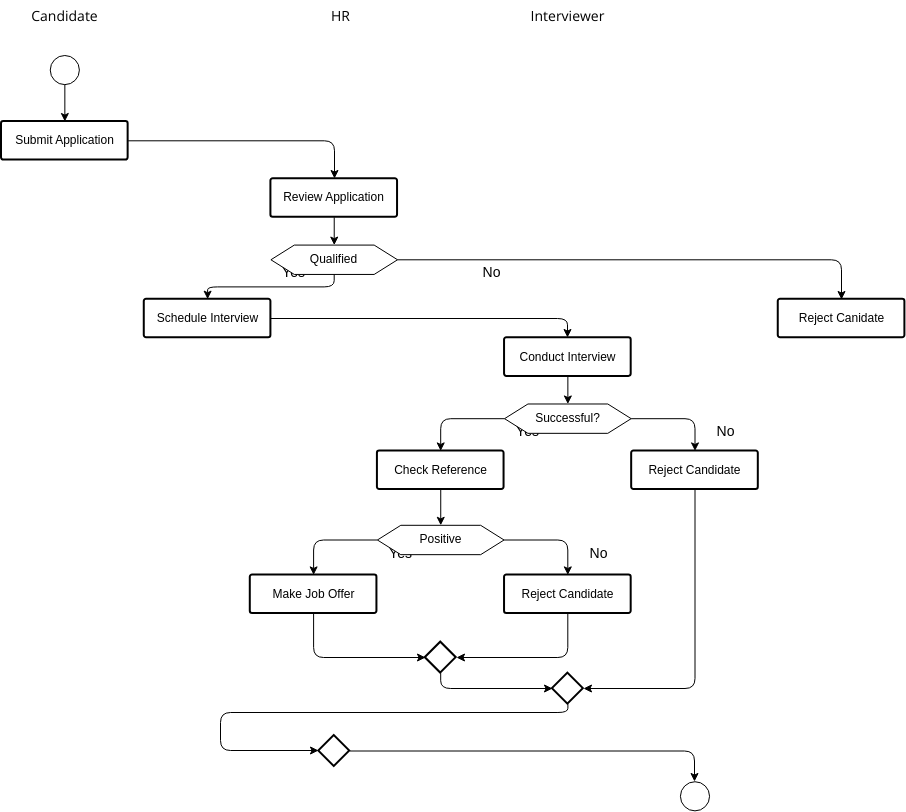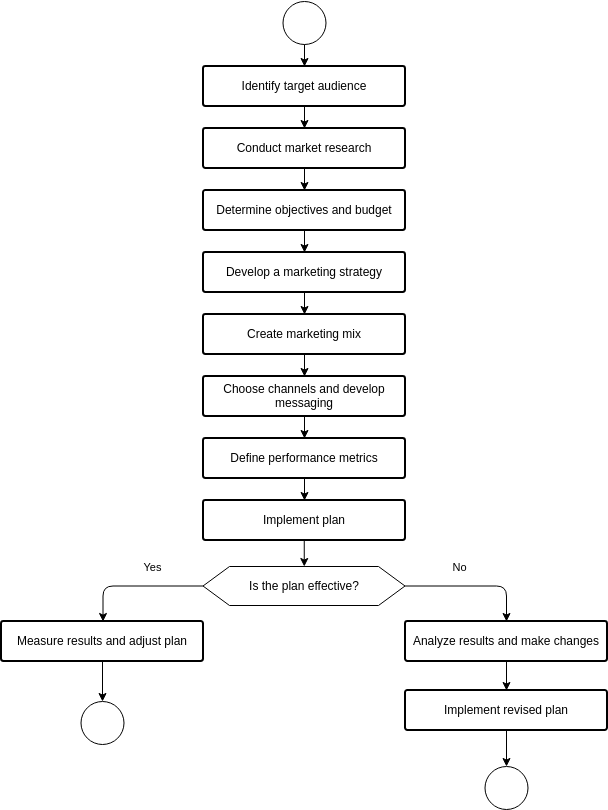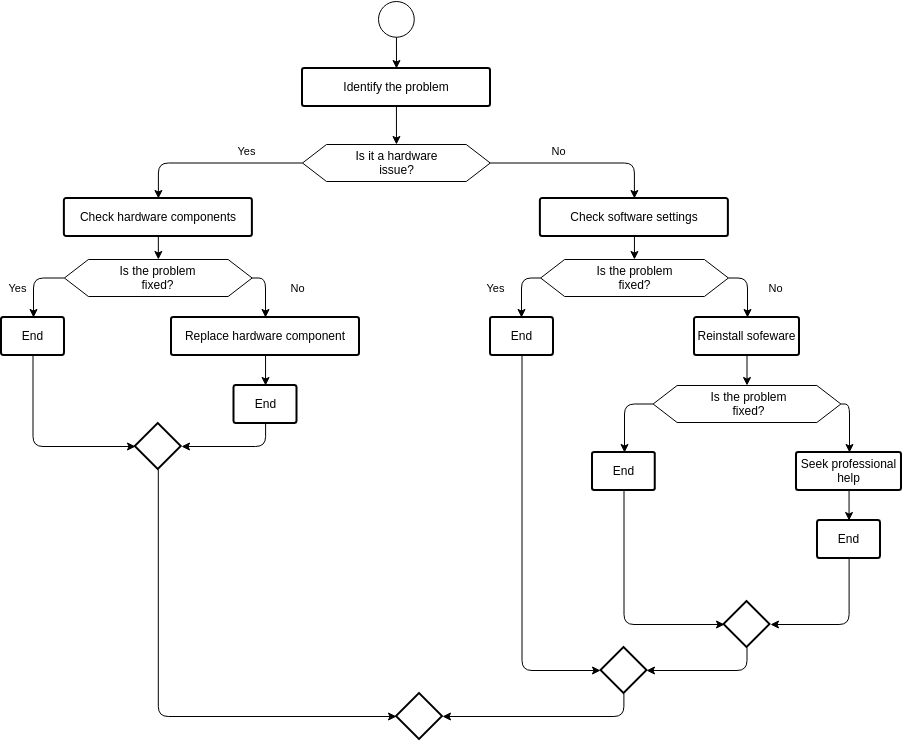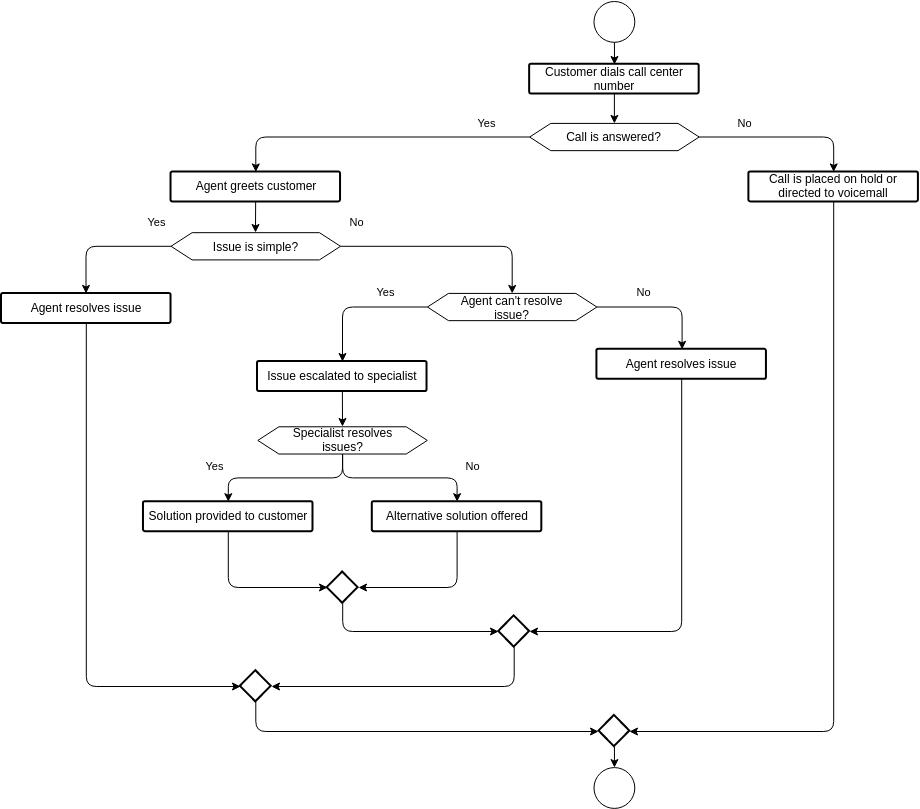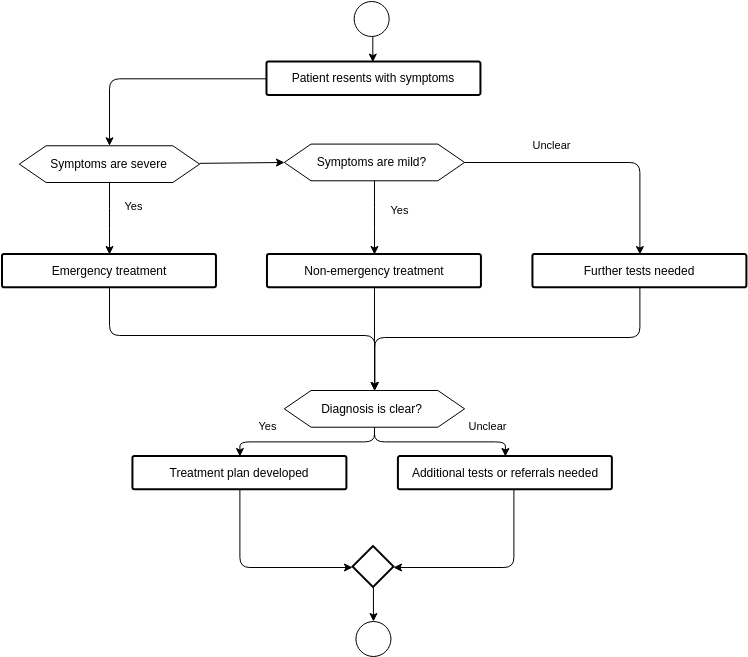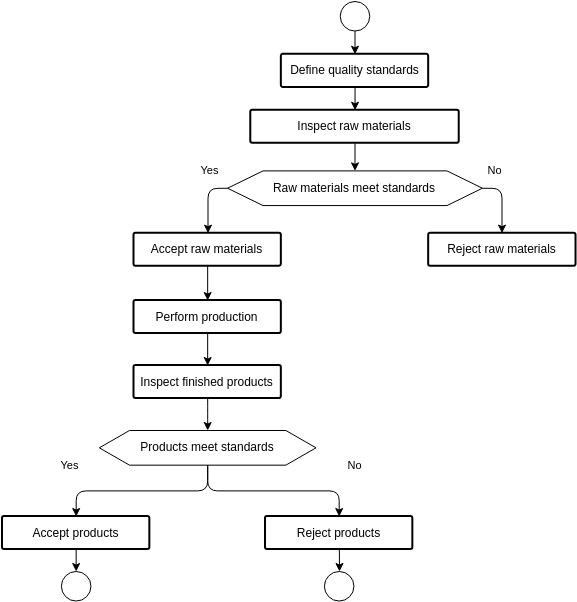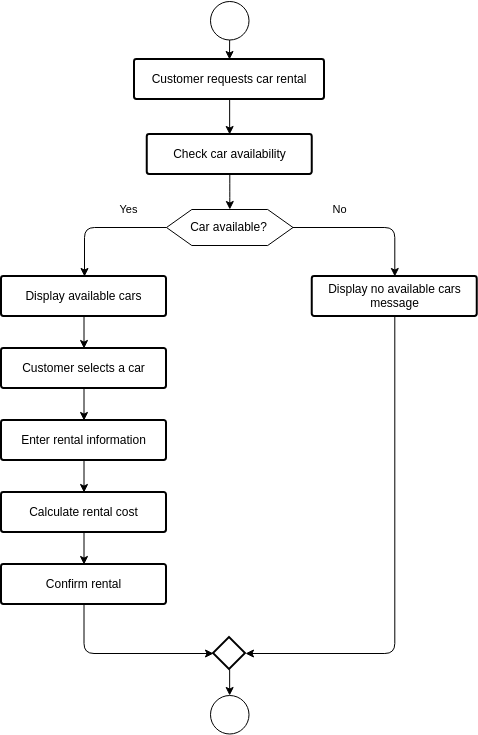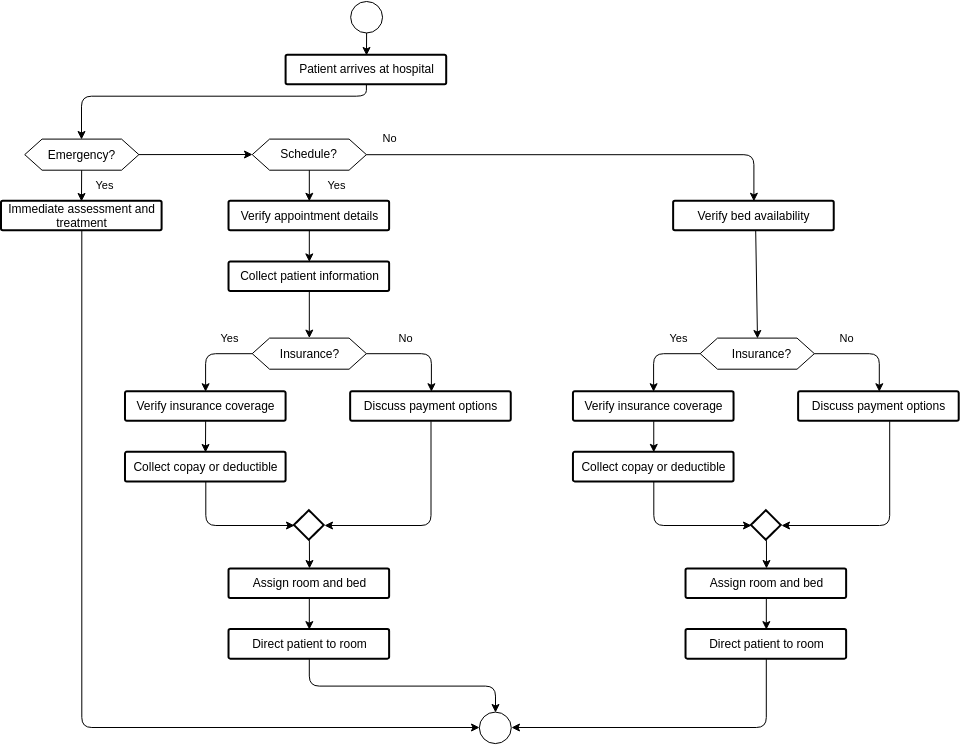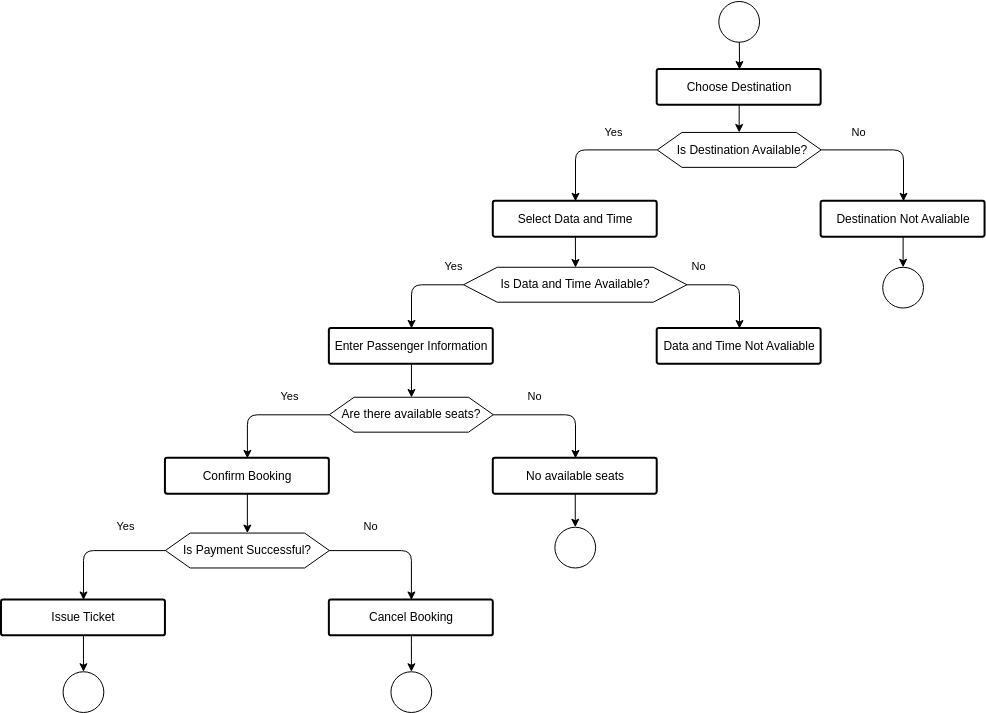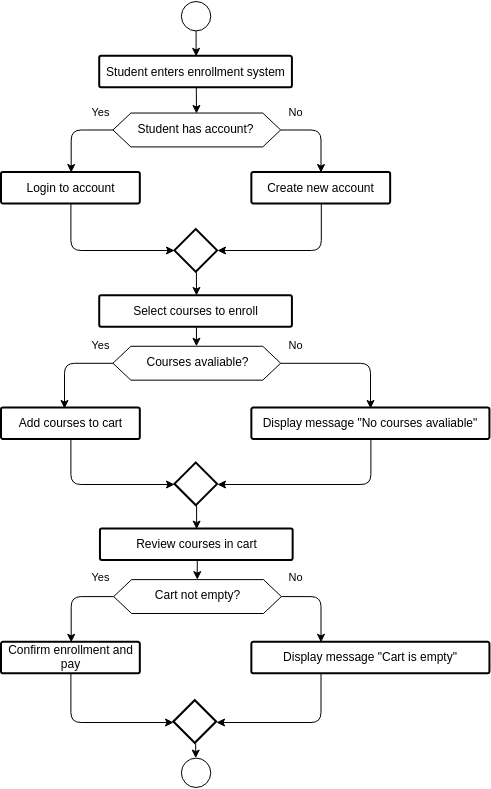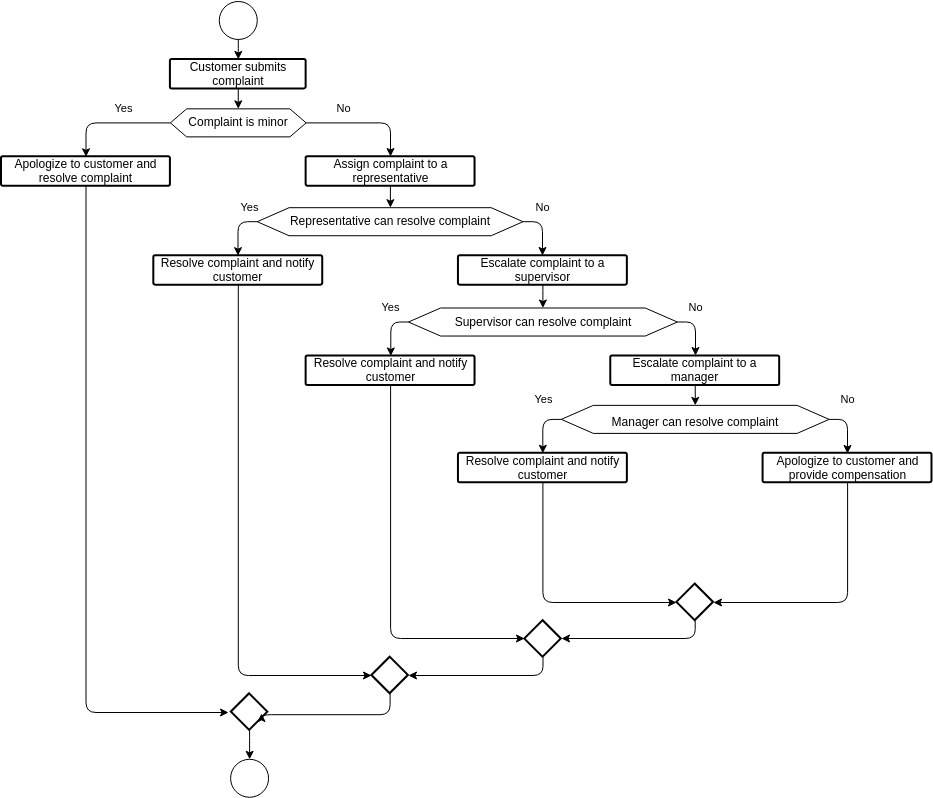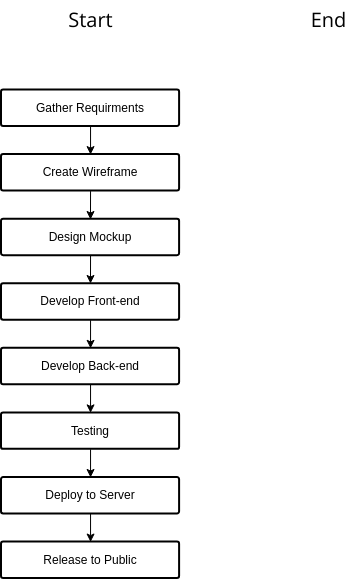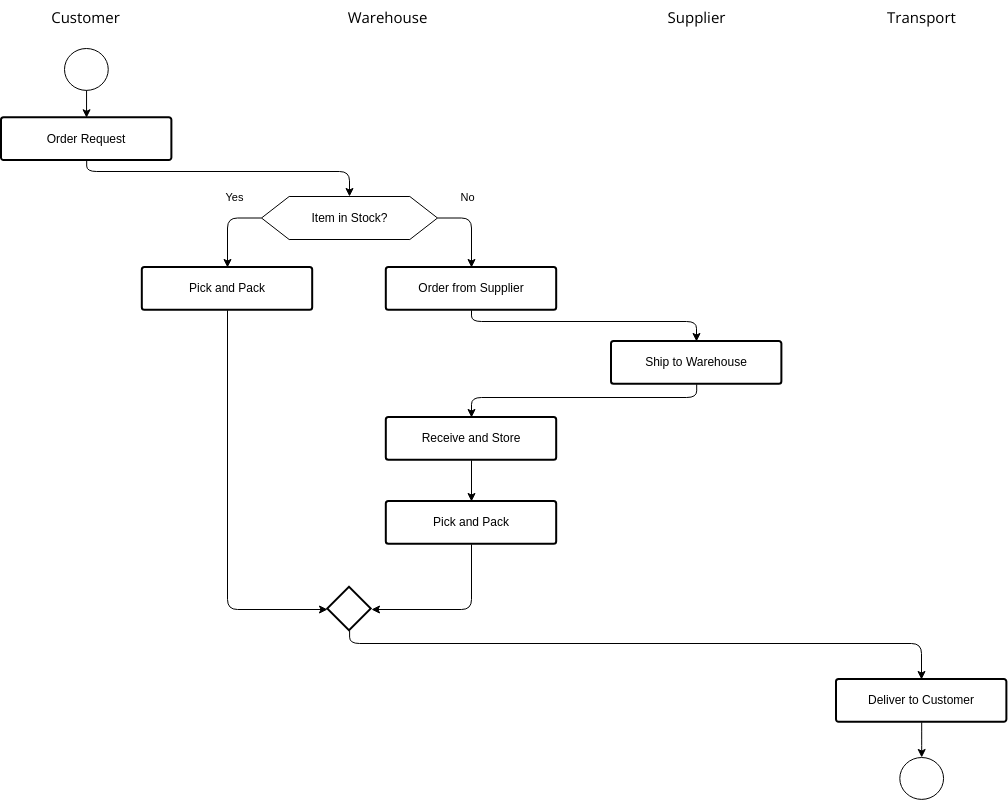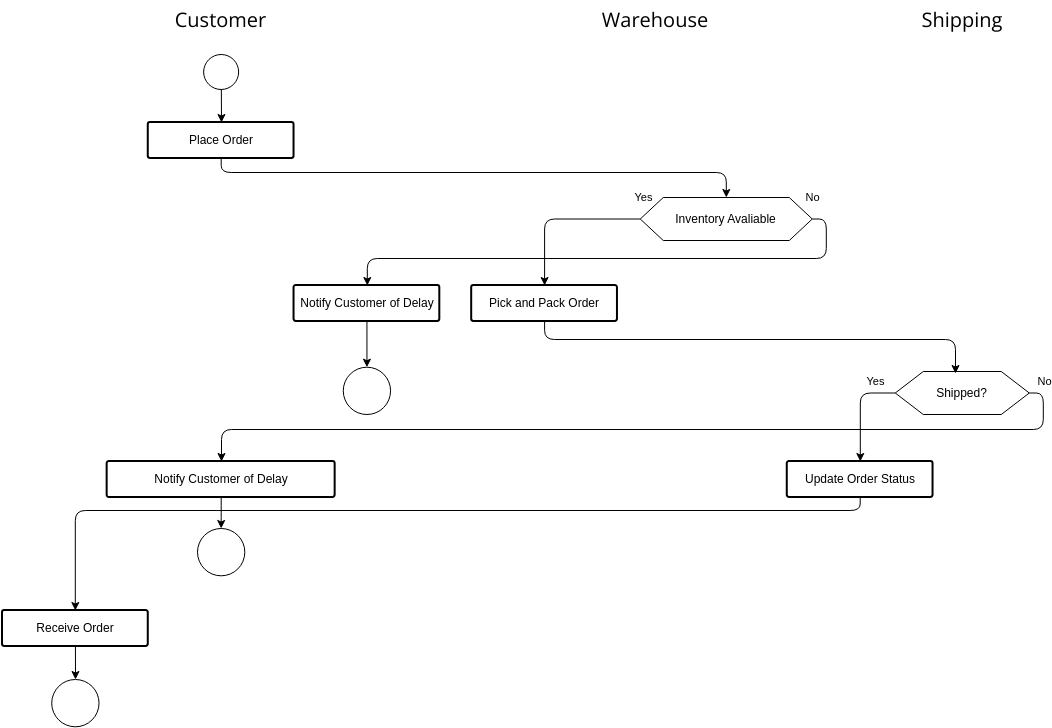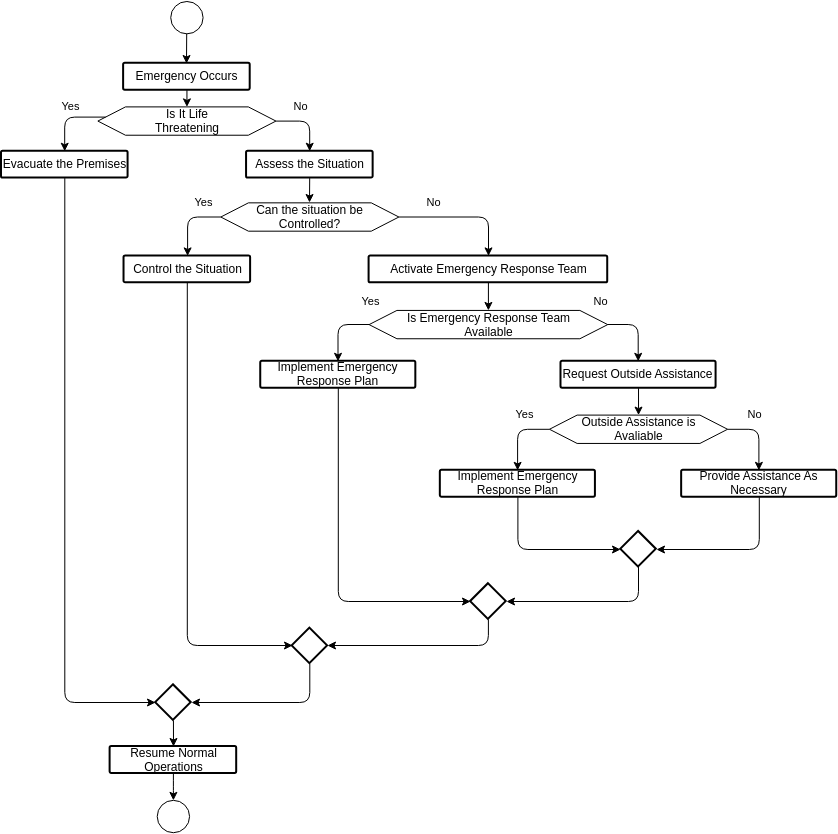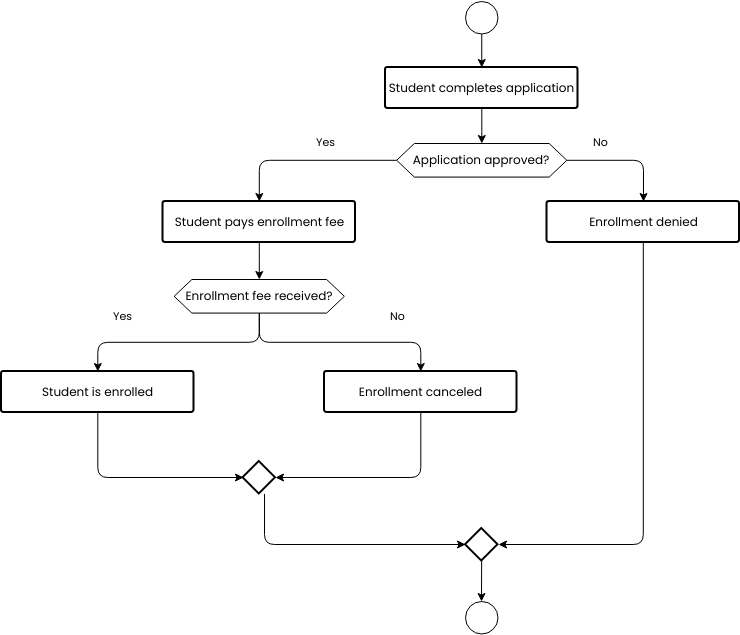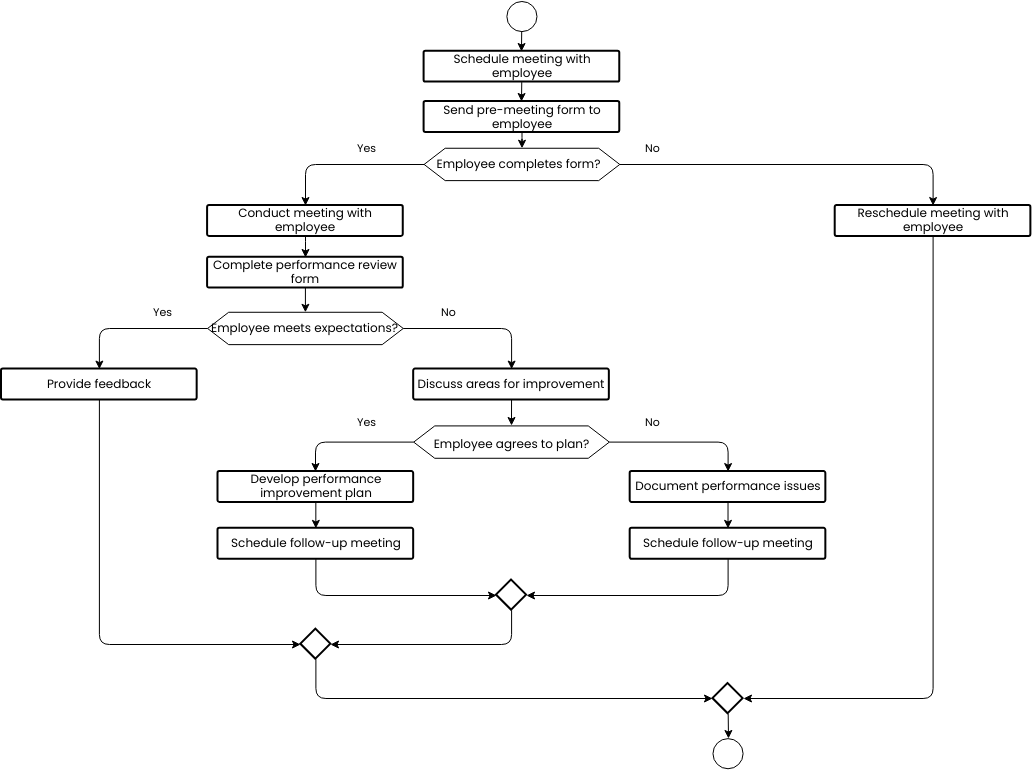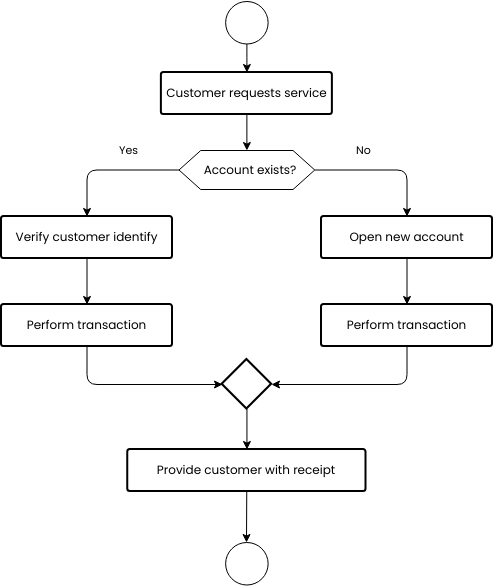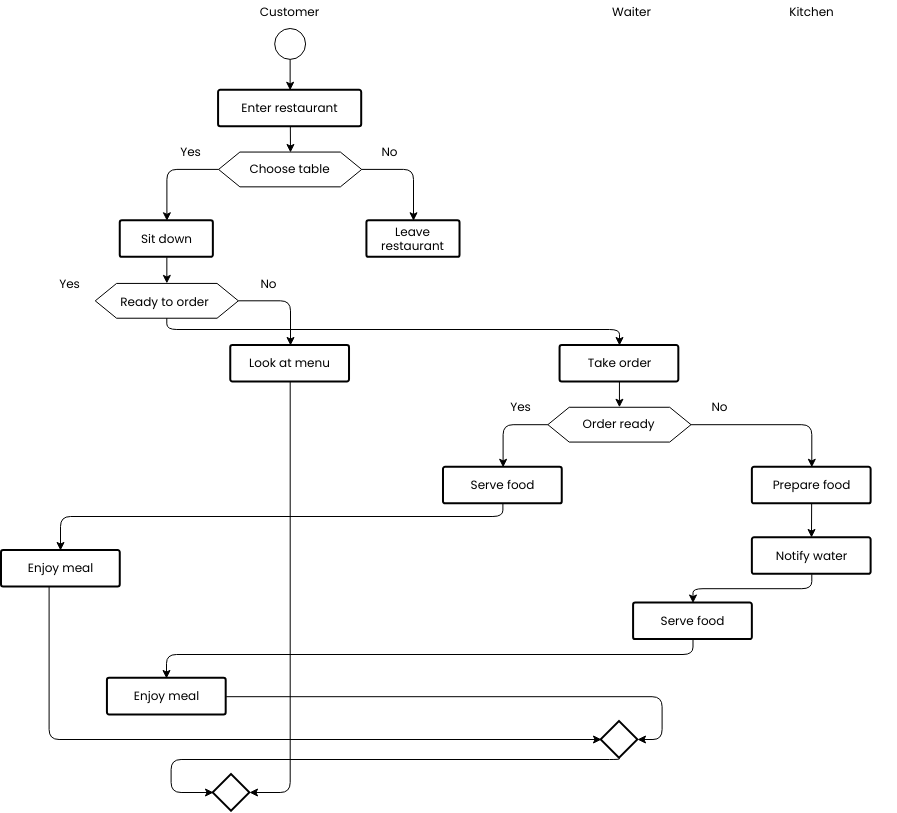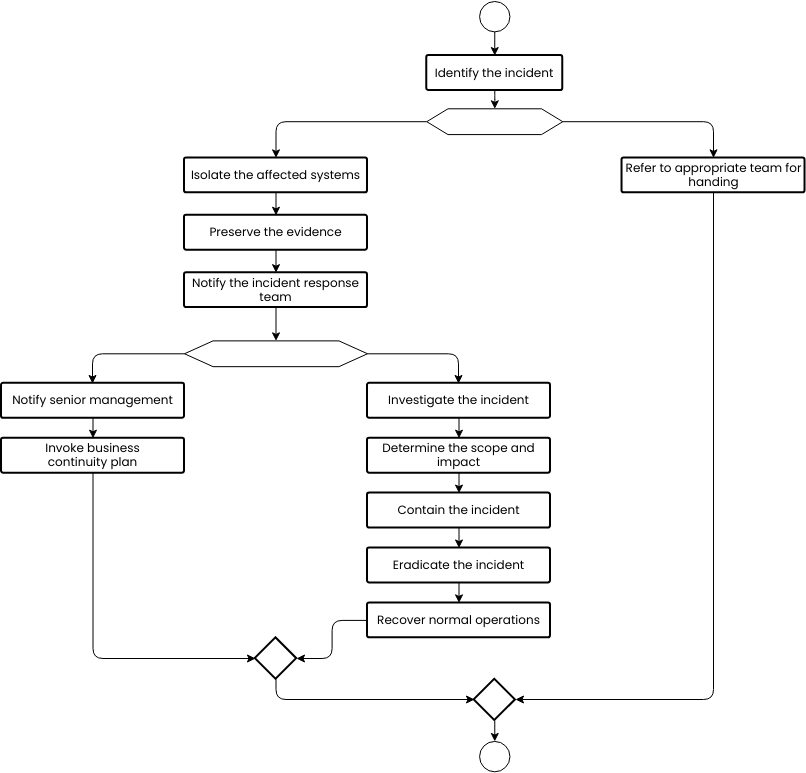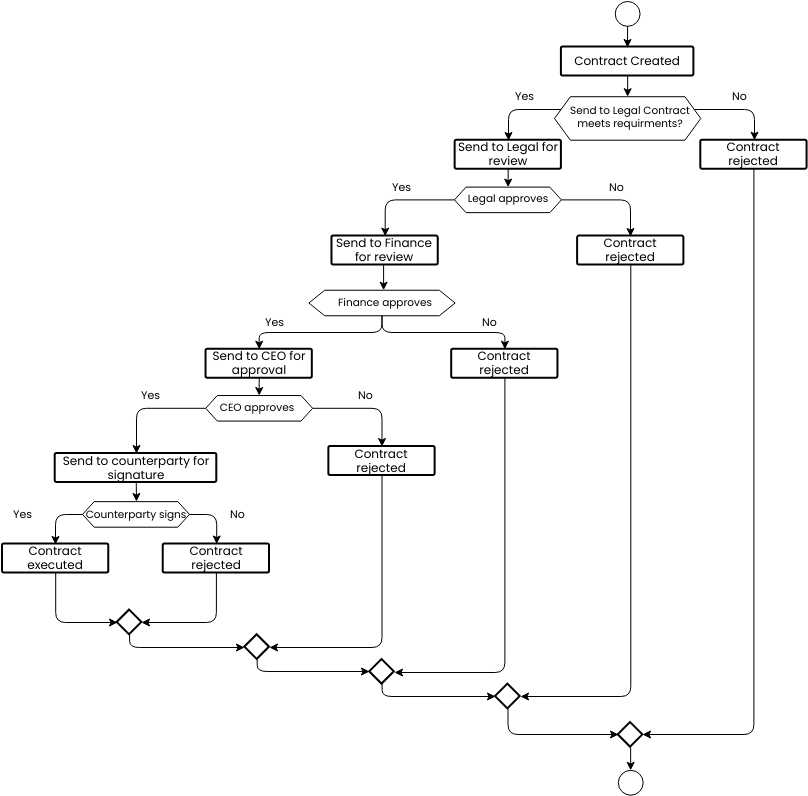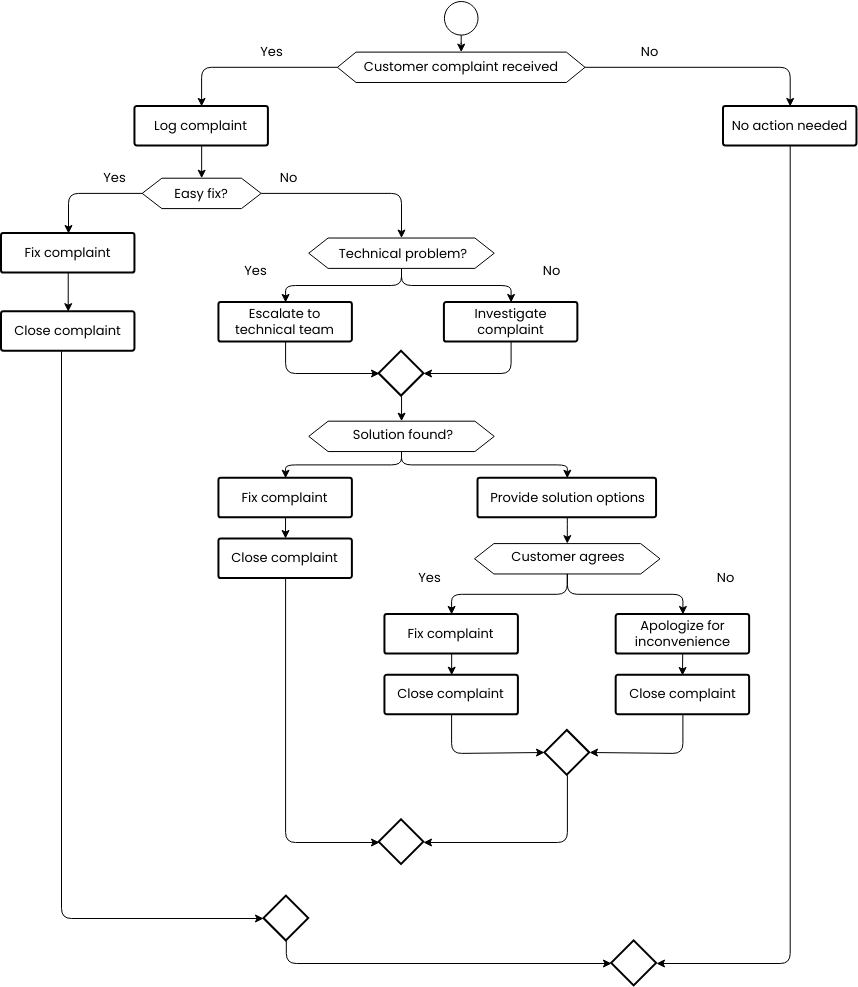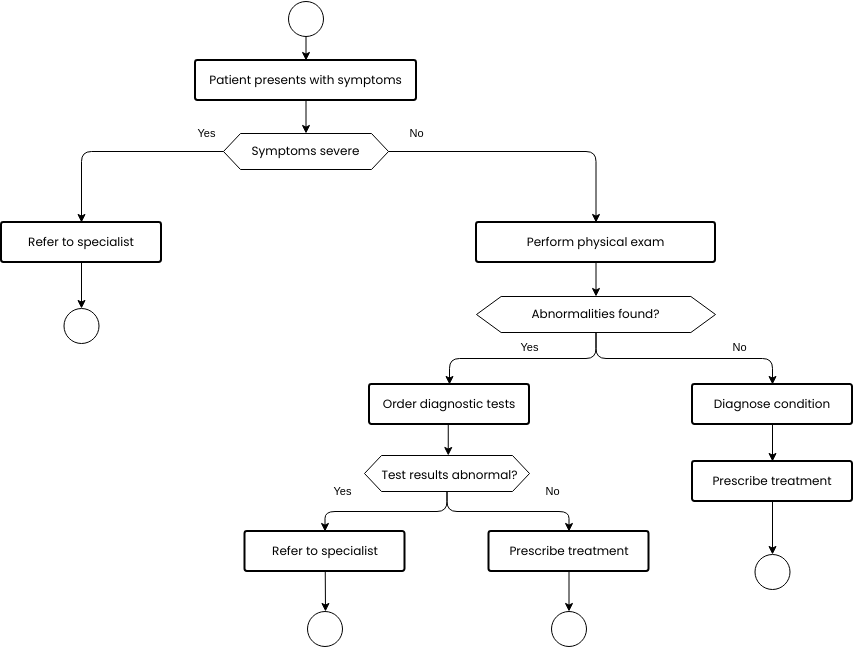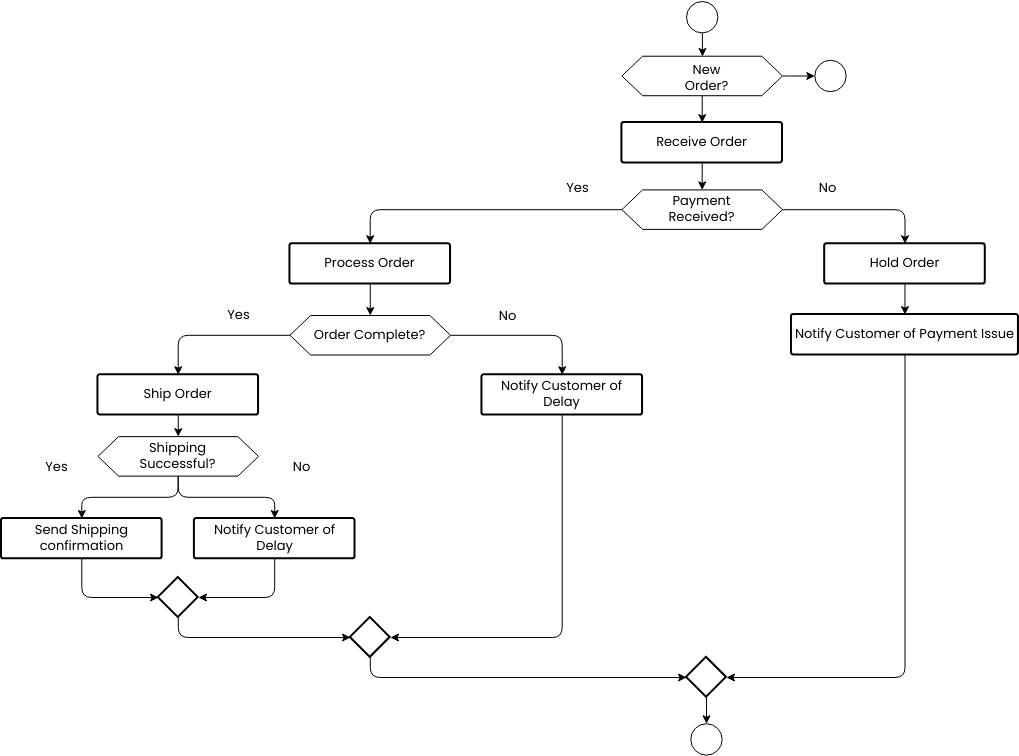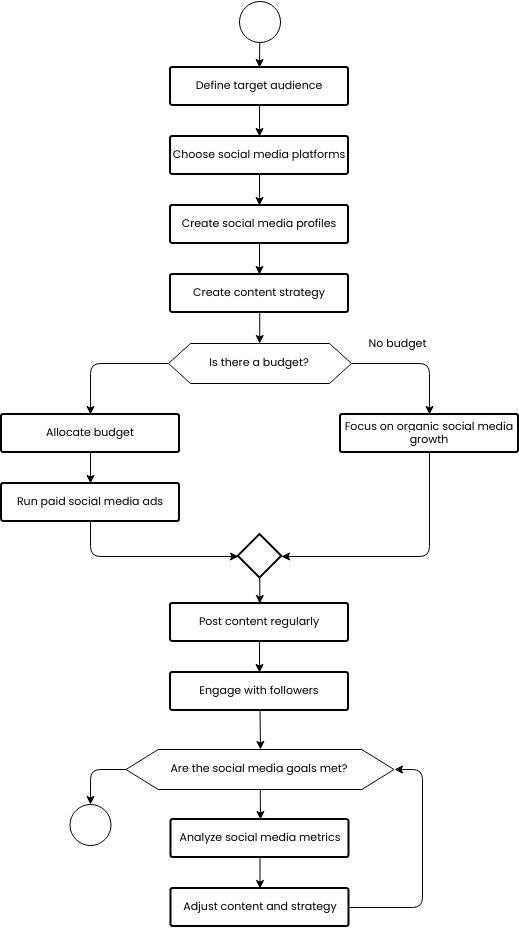Project Workflow Diagram
A project workflow diagram is a visual representation of the steps involved in completing a project. This diagram outlines the steps involved in creating a project, assigning a team, developing code, testing code, and deploying code.
The first step in the project workflow diagram is to create the project. This involves defining the scope of the project, identifying the goals and objectives, and outlining the timeline and budget for completion. Once the project has been created, the next step is to assign a team to work on the project.
The team assigned to the project will be responsible for developing the code. This involves writing and testing the code, ensuring that it meets the requirements of the project. Once the code has been developed, the next step is to test the code, ensuring that it is free from errors and meets the requirements of the project.
After the code has been tested and any necessary changes have been made, the next step is to deploy the code. This involves implementing the code in the appropriate environment, such as a production server or website. Once the code has been deployed, the project is complete.
Advantages of creating project workflow diagram
Creating a project workflow diagram can provide numerous advantages for organizations. A workflow diagram is a visual representation of the steps involved in a project, and it can help organizations to improve efficiency, reduce errors, enhance communication, and overall performance.
One of the main advantages of creating a project workflow diagram is that it provides a standardized process for managing projects. This can help organizations to ensure that projects are managed consistently and efficiently, reducing the risk of errors or inefficiencies. Additionally, having a visual representation of the process can help to improve communication among team members, reducing the risk of errors or miscommunications.
Another advantage of creating a project workflow diagram is that it can help to improve project outcomes. By providing a clear and concise process for managing projects, organizations can ensure that projects are completed on time, within budget, and to the satisfaction of all parties involved. This can help to build trust and loyalty with clients, ultimately contributing to the success of the organization.
Searching for some flowchart templates? Go to Visual Paradigm Online and select some designs for customization now!
